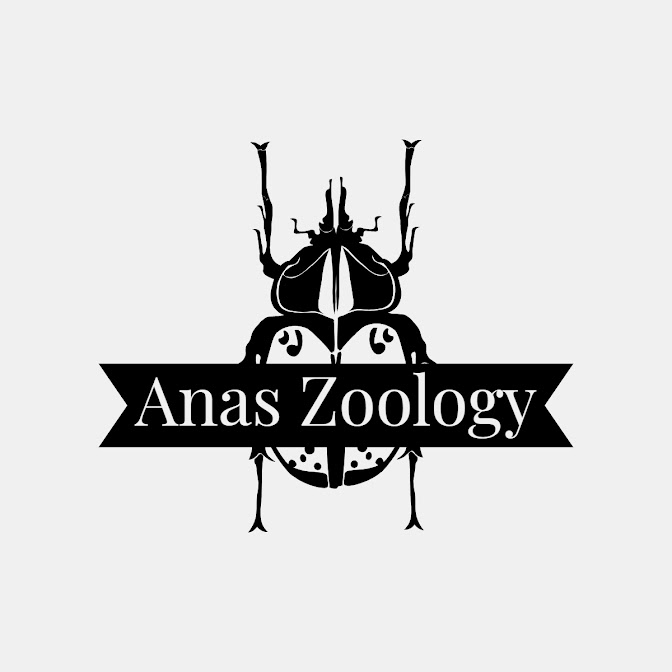Mutualism

What is Mutualism ? It is a positive relationship between two individuals of species where both the species are benefited. Examples of Mutualism: Pollination by Animals: animals like bees. butterflies and moths derive their food from plants and brings about the pollination of plants. Ants feed on honeydew produced as a waste product by aphids and in return offer them protection. Oxpecker feeds on ticks and blood-sucking flies from the body of large grazing mammals like zebras, buffalos, rhinos etc. This helps the large mammals from getting infected by such parasites and in return oxpecker's gets an easy meal. Oxpecker and Buffalo (Image taken from: https://www.youtube.com/watch?v=5MfrsKJailo)




